Online facilities have become one of the most effective ways to share knowledge and build a brand. No matter your profession, having the right platform is essential to deliver a professional learning experience. With countless tools available online, choosing the best one feels impossible. The following article is perfect to guide you in creating online courses.
Part 1. Top 8 Platforms To Create Online Courses & Sell
1. Coursify.me
This platform is a comprehensive teaching place that allows you to create and organize courses under one roof.
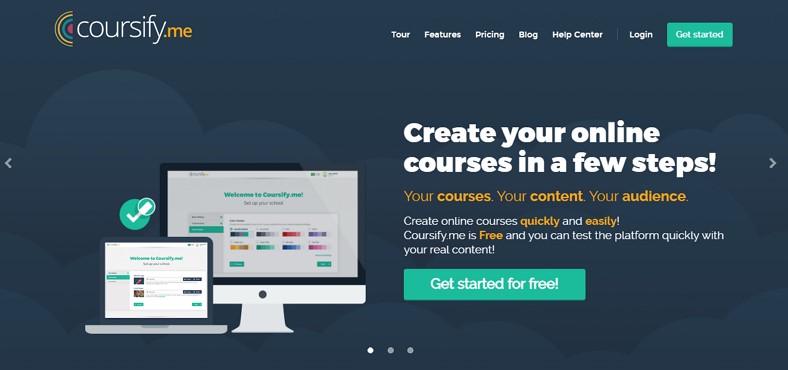
Key Features
-
You can upload the logo and the slogan of your school to build a brand.
-
Benefit from 8 customizable color schemes to create a precise theme for the school.
-
Besides catering to educators, it helps students manage courses.
Pros
![]()
-
Content from Dropbox, YouTube, and Vimeo can be seamlessly integrated by users.
-
Using cloud storage, you can save your curriculum information.
Con
![]()
-
Unlike the competitors, this site has limited course marketing features.
2. Teachable
Teachable is an online teaching platform that enables knowledge sharing with community building.

Key Features
-
Using AI integration, users can get help in formulating the course.
-
This platform allows you to customize your interface color scheme for brand endorsement.
-
Educators can design courses for 10 fields using the designated templates.
Pros
![]()
-
You can upload lectures in the form of audiobooks or audio files.
-
Teachers can make money by selling memberships to their one-time customers.
Con
![]()
-
The free version of Teachable has a limited number of course creations allowed.
3. Kajabi
Using Kajabi, teachers can build an online course and monitor their performance using built-in analytics.
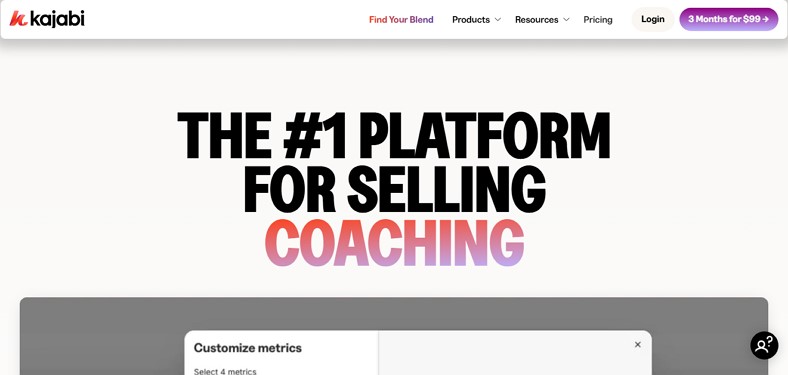
Key Features
-
Kajabi allows you to create, publish, and sell your courses using a single platform.
-
You own your course outright from the moment it’s created.
-
Using this site, participate in peer groups and get support from there.
Pros
![]()
-
It offers tools to automate email campaigns and manage customer relationships.
-
The interface makes it easy to set up and manage the course content.
Con
![]()
-
This platform has fewer template customization options compared to the competitors.
4. Gumroad
This sell courses online tool allows creators to distribute and sell digital products such as eBooks, courses, and software.

Key Features
-
Includes built-in tools for email marketing, helping you reach the maximum students.
-
The discount codes on this website are ideal for enhancing purchases on special occasions.
-
Teachers can set up and customize their storefronts without extensive technical knowledge.
Pros
![]()
-
Built to foster connection, the platform lets creators talk one-on-one with customers.
-
Providing an easy-to-use platform, Gumroad enables smooth processes.
Con
![]()
-
Gumroad offers minimal design customization options for brand building.
5. Thinkific
Thinkific is a robust course maker that allows teachers to make an online class and sell it using hands-on features.
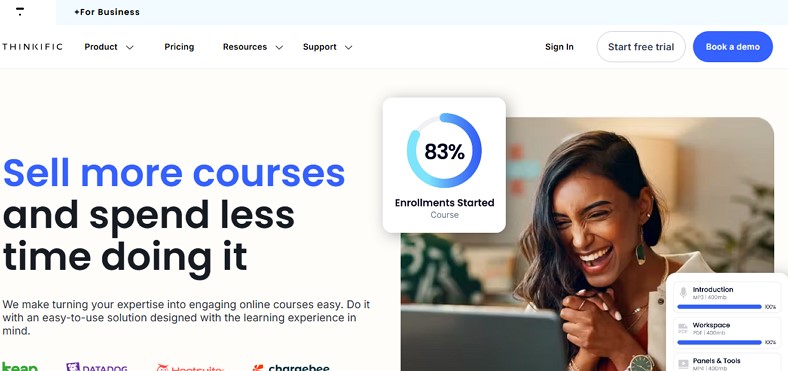
Key Features
- This site creates downloadable quizzes to test the students’ retention.
- The analytics tool tracks student engagement and interaction with your course.
- To enhance the learning experience, Thinkific allows you to upload multimedia files.
Pros
![]()
-
Tutors can build unlimited courses to ensure maximum effectiveness.
-
The one-click add-ons enable students to buy your lectures easily.
Con
![]()
-
Using any third-party integrations costs you extra charges.
6. Podia
Along with digital products, this all-in-one platform also supports selling lectures.

Key Features
-
From the typefaces of the text to its line height, everything in your brand is customizable.
-
Podia generates and distributes a newsletter to your potential students.
-
To take your courses to the right audience, Podia enables affiliate marketing and live chat features.
Pros
![]()
-
This site allows you to build a custom website to sell and build courses.
-
Podia support currencies of more than 20 countries, catering to worldwide tutors.
Con
![]()
-
After 30 days of selling, users need a subscription plan.
7. LearnWorlds
Powered by AI, LearnWorlds enables seamless course selling and personalized student engagement.

Key Features
-
Teachers can hold daily webinars to teach their subjects interactively and sell courses online.
-
Besides the desktop, this platform can be accessed through mobile applications as well.
-
The one-on-one group sessions allow for better learning for students.
Pros
![]()
-
You can contact the industry experts to create the best courses.
-
The built-in assessment builder enables you to test the retention of students.
Con
![]()
-
Tutors unfamiliar with the LMS platforms might face a learning curve.
8. Udemy
This platform helps you earn by paying you for each student enrollment.
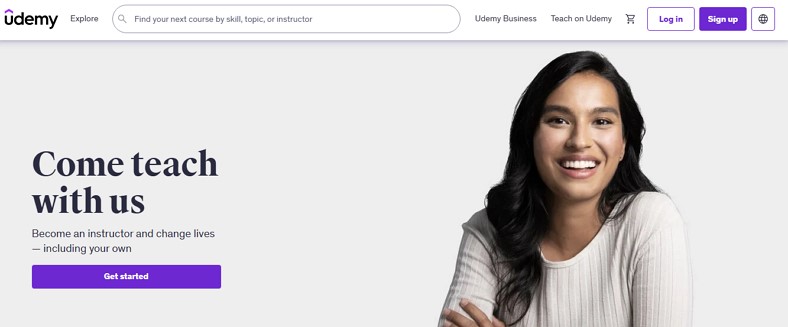
Key Features
-
You can take your lectures online in three simple steps: plan, record, and publish.
-
The Instructor Support Team guides you in making mindful decisions.
-
Tutors can interact with the online community to grow their business.
Pros
![]()
-
Users can avail themselves of the mobile application with easy access.
-
The ability to create and publish quizzes helps you analyze students’ performance.
Con
![]()
-
This independent natured platform requires the students’ self-motivation and management.
Part 2. 5 Short Tips For Excelling in Creating/Selling Courses Online
Explore the following section to get the tips on creating online course for free:
1.Understanding your target learners is essential to creating relevant and impactful content. You need to tailor your course structure and material to increase engagement and completion rates.
2.Gain audience trust with valuable free content like blog posts to showcase your expertise. When learners perceive your free content as useful, they are far more likely to invest in your whole course.
3.Clearly communicate the specific transformation your course will deliver, no matter the niche. Structure your lessons when you create an e-learning course to guide learners toward that outcome with actionable steps.
4.Ensure a polished presentation by using a good mic, proper lighting, and screen capture software. Clear visuals and sound keep students focused and increase retention and credibility.
5.Reach a maximum number of audience with the power of translated subtitles or dubbing. To do this, access BlipCut AI Video Translator, a robust platform to enhance accessibility. This platform supports over 140 languages to help your audience understand the content. The following guide walks you through the process of translating your course content using this tool:
Step 1. Enter the Video Translator of this Tool
On the website of this tool, select the Video Translator feature to Upload File(s).

Step 2. Translate the Video for Localization
Once uploaded, select the languages in which you need to Translate the video.

Step 3. Shift the Video to Your Device
Once the results are finalized, shift the video to your device using the top right corner.

FAQs on Creating Online Courses
Q1. How do I create an online programming course?
A1: To create an online programming class, you need to pick a selling platform and publish your content after translating it using BlipCut AI Video Translator.
Q2. Is there a way to add different language subtitles to your online course videos?
A2: Using BlipCut AI Video Translator, you can generate multilingual subtitles and burn the generated captions.
Q3. Is there an option to modify the voice used in the course recording?
A3: With the AI dubbing feature of BlipCut AI Video Translator, it is possible to change voices with more than 1,300 AI speakers.
Conclusion
In essence, you can translate the videos using BlipCut AI Video Translator after you have created online courses.
Leave a Comment
Create your review for BlipCut articles




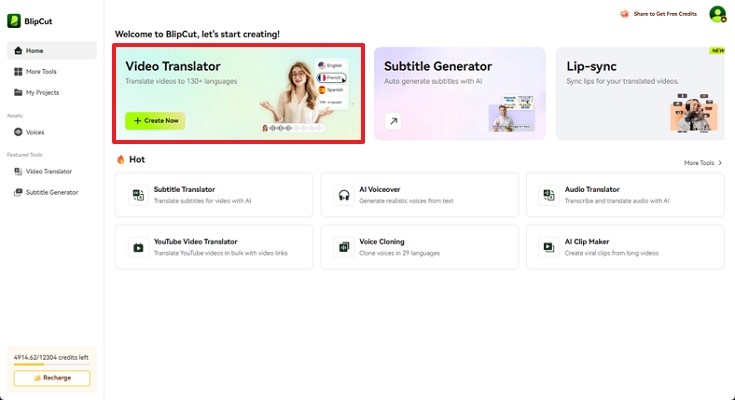
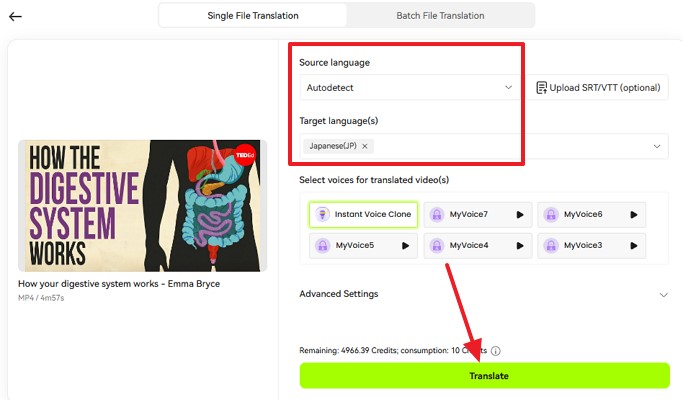
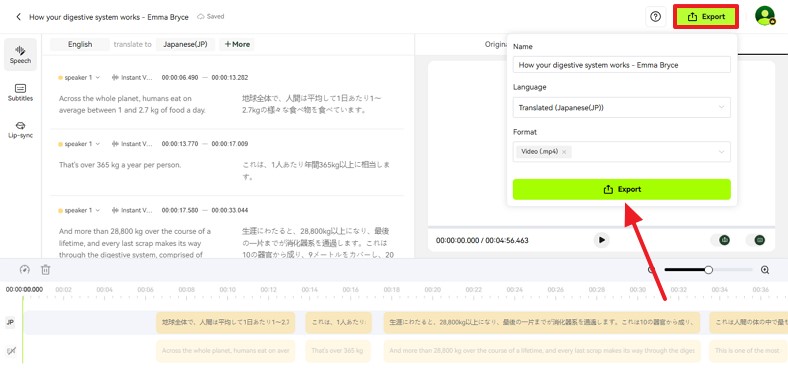





Blake Keeley
Editor-in-Chief at BlipCut with over three years of experience, focused on new trends and AI features to keep content fresh and engaging.
(Click to rate this post)